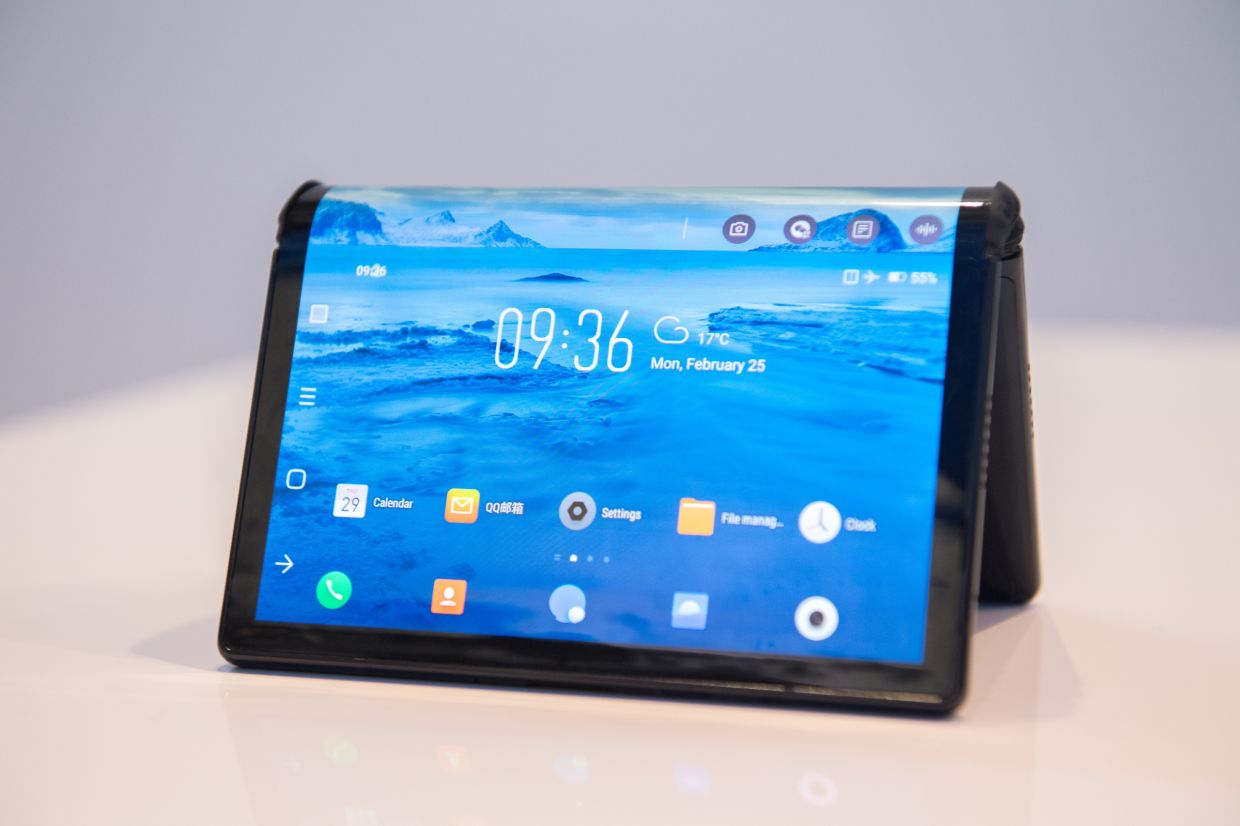
Tablets are well suited as family devices that can be shared by several people as they are less personalised than a smartphone and handier than a notebook. — GUIDO KIRCHNER/dpa
BERLIN: Whether you want to watch a movie, read a good book or browse online, tablets are pretty handy, both on the sofa and on the train.
There are numerous models on the market and prices range from below €100 (RM471)/US$100 (RM442) to more than four digits. But do you really need to spend that much to make sure you get a decent device?
Save 30% for ads-free and full access now!

Tablets are well suited as family devices that can be shared by several people as they are less personalised than a smartphone and handier than a notebook. — GUIDO KIRCHNER/dpa
Decent tablets don't have to cost an arm and a leg
Larger than a smartphone and handier than a notebook, tablets are the perfect versatile device for both home use and journeys. Finding a decent model doesn't mean you have to spend the big bucks. Unless you really want one with a foldable display. — Andrea Warnecke/dpa
Decent tablets don't have to cost an arm and a leg
Tablets are an easy way to control your smart home system. — Franziska Gabbert/dpa
Decent tablets don't have to cost an arm and a leg
A stylus is another great accessory for your tablet, though keep in mind that they're not supported by every model. — Franziska Gabbert/dpa
Decent tablets don't have to cost an arm and a leg
Connecting a keyboard with an integrated stand to your tablet via Bluetooth makes for a great notebook substitute. — Zacharie Scheurer/dpa
Decent tablets don't have to cost an arm and a leg












































